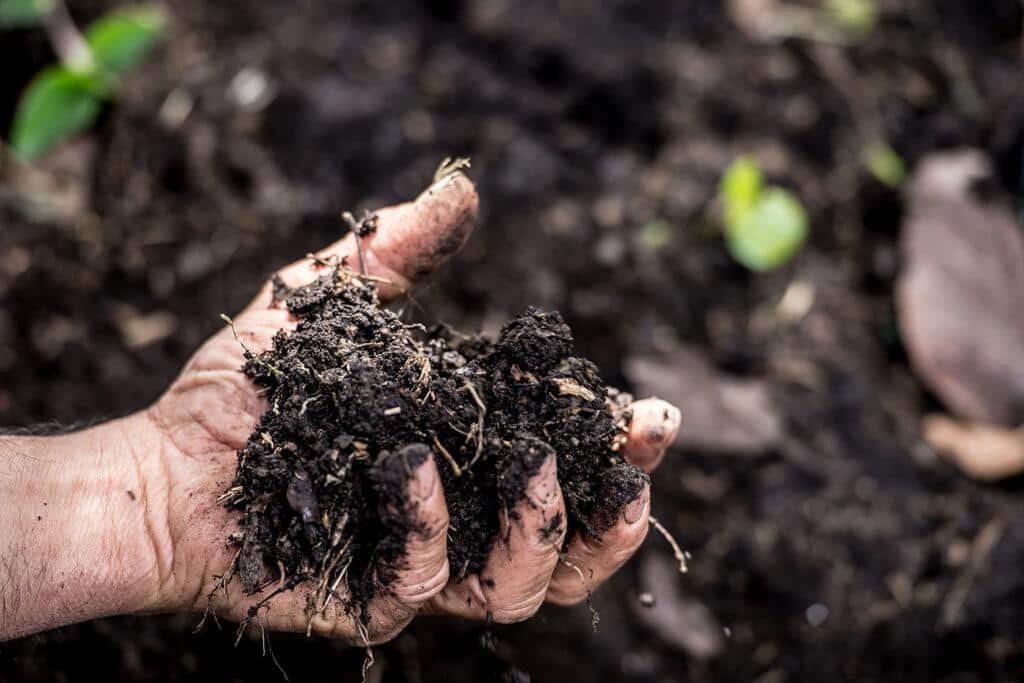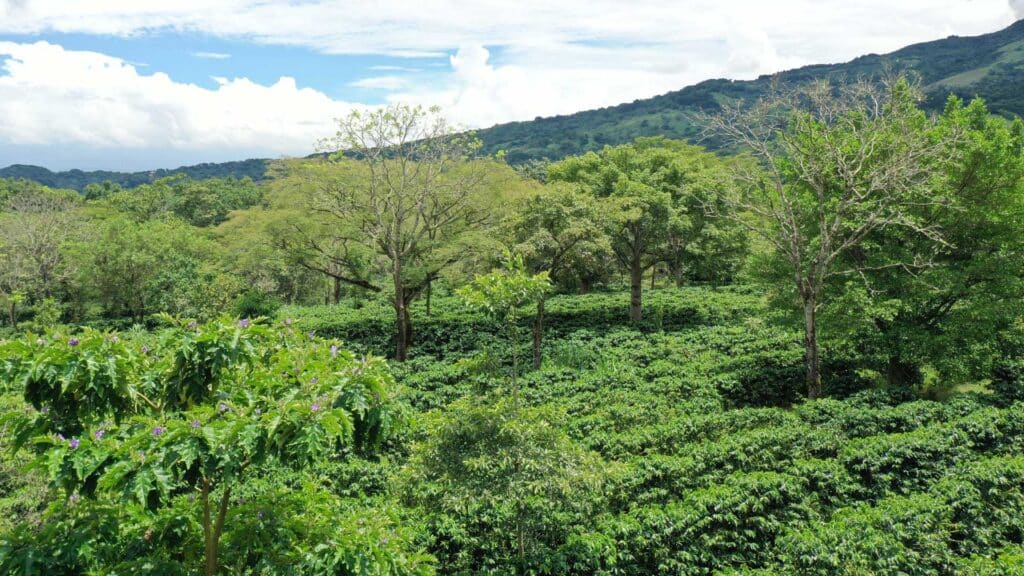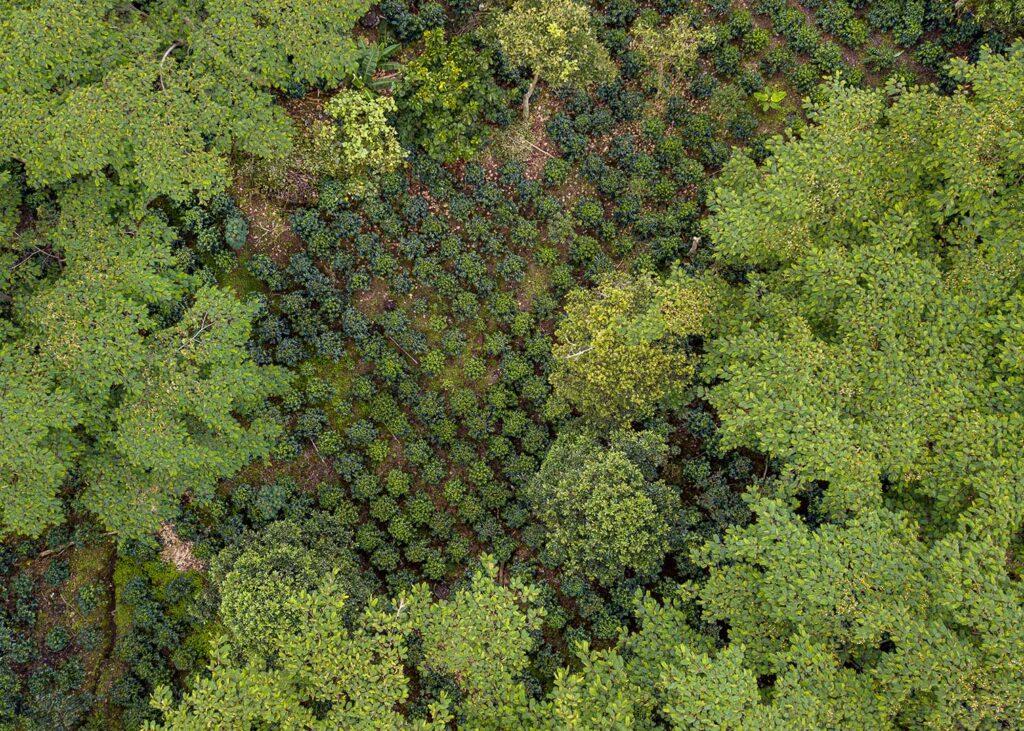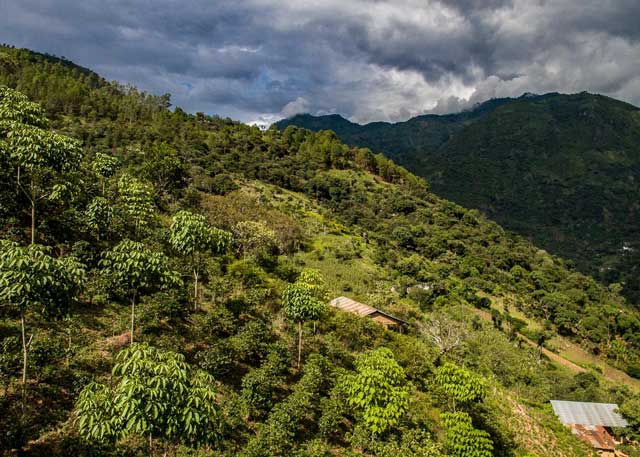THE FOUNDATIONS OF SOIL
“Increasing soil organic matter content of soils, especially sandy and silty soils, leads to an increase in water retention. Organic matter in soil is like a sponge that absorbs and holds onto water. According to the USDA-NRCS, a 1% increase in soil organic matter will increase soil water holding capacity by 20,000 gallons per acre.”
—Lara Bryant (Deputy Director, Water and Agriculture, Nature Program)
At first glance, soil might appear as nothing more than dirt beneath our feet—but it is, in fact, a complex and vibrant ecosystem that merits careful attention and sincere respect.
This inconspicuous layer of Earth’s surface is full of life, from microorganisms to earthworms, all working harmoniously to create a fertile environment for plant growth. The quality of soil directly impacts the way we are able to produce food, while also playing a fundamental role in the overall health of the ecosystems we rely on.
Nutrient Cycling: Soil is home to billions of microorganisms, which are mostly undiscovered and remain poorly understood. These microorganisms efficiently break down organic matter, releasing vital nutrients that are essential for plant growth. As plants take up these nutrients, they in turn become the foundation of the food chain, sustaining all life on Earth.
Water Filtration: Soil acts as a natural filter for rainwater, removing impurities and pollutants as water percolates through the layers. This clean, filtered water then replenishes our aquifers—providing us with fresh water for drinking, agriculture, and countless other essential purposes.
Erosion Control: Healthy soils are a robust defense against erosion. They anchor plant roots, preventing soil from being washed away during heavy rains. Without this protection, fertile topsoil would erode, leaving behind barren landscapes and threatening food security.
Biodiversity Support: Soil is a haven for countless species, from earthworms to microscopic fungi. These organisms form the basis of terrestrial food webs, and their activities ensure the resilience and diversity of ecosystems.



